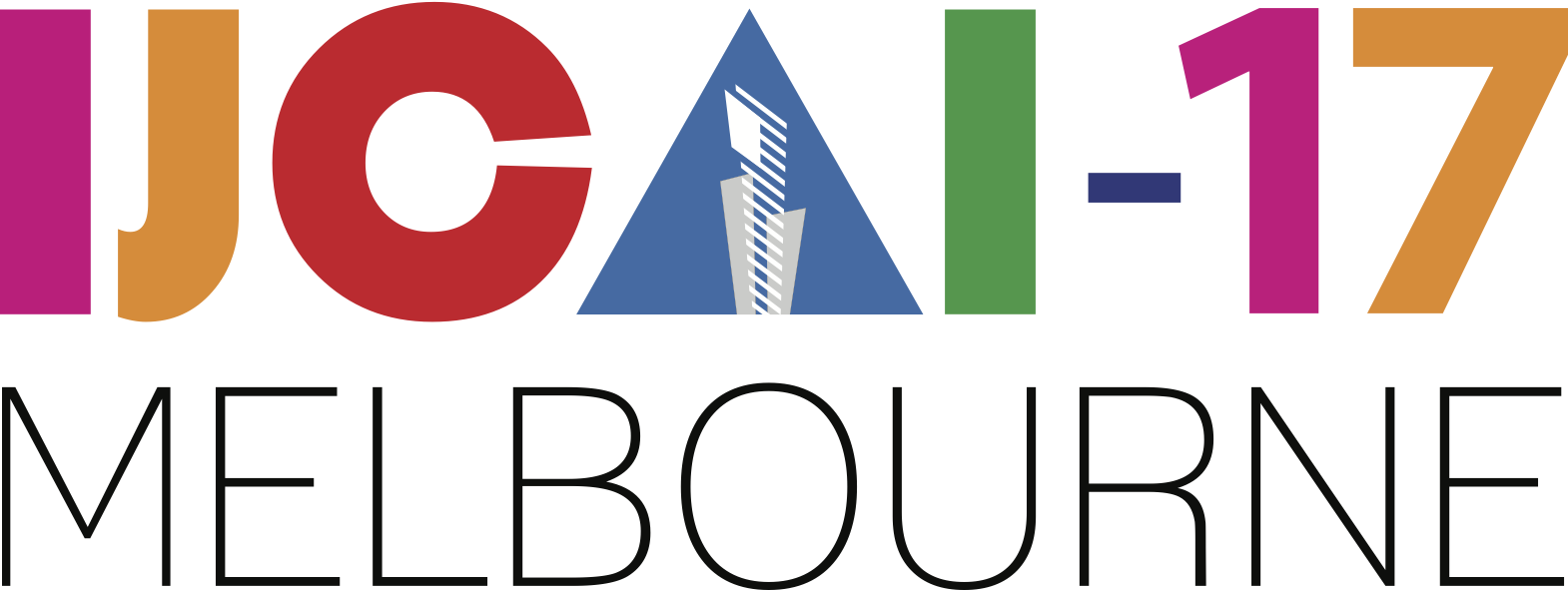Solving Probability Problems in Natural Language
Solving Probability Problems in Natural Language
Anton Dries, Angelika Kimmig, Jesse Davis, Vaishak Belle, Luc de Raedt
Proceedings of the Twenty-Sixth International Joint Conference on Artificial Intelligence
Main track. Pages 3981-3987.
https://doi.org/10.24963/ijcai.2017/556
The ability to solve probability word problems such as those found in introductory discrete mathematics textbooks, is an important cognitive and intellectual skill. In this paper, we develop a two-step end-to-end fully automated approach for solving such questions that is able to automatically provide answers to exercises about probability formulated in natural language.In the first step, a question formulated in natural language is analysed and transformed into a high-level model specified in a declarative language. In the second step, a solution to the high-level model is computed using a probabilistic programming system. On a dataset of 2160 probability problems, our solver is able to correctly answer 97.5% of the questions given a correct model. On the end-to-end evaluation, we are able to answer 12.5% of the questions (or 31.1% if we exclude examples not supported by design).
Keywords:
Natural Language Processing: Question Answering
Constraints and Satisfiability: Solvers and Tools

